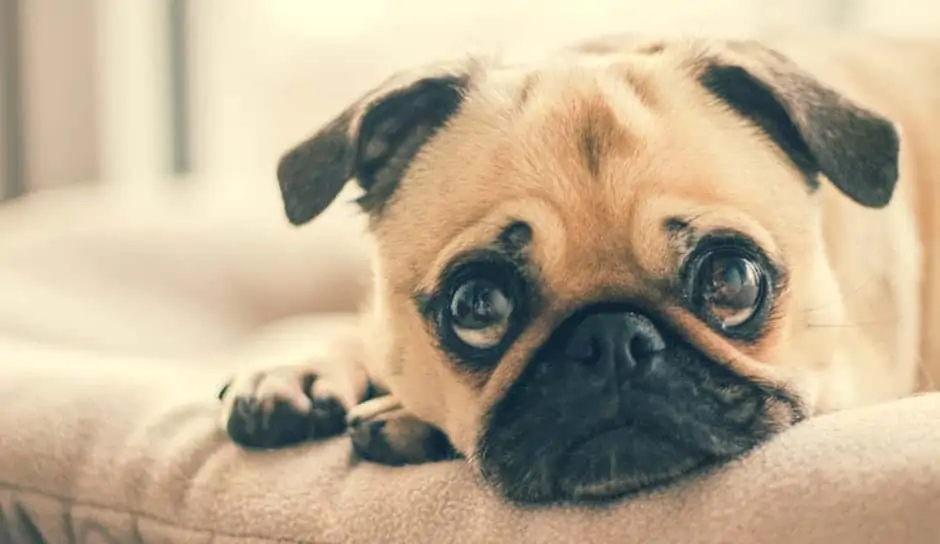With an endearing personality and high levels of commitment, Pugs make excellent companion dogs. Pugs can be a tad demanding, but they are one among the few dog breeds that crave for human attention and will work to earn it. Deciding to add a pug to your family is always an ideal choice, this indoor dog can blend in well with your family. This article features some of the frequently asked questions regarding pug care that so that you can make an informed decision regarding adopting a pug.
How heavily does a pug shed?
Amazingly, pugs are serious shedders. While considering their size, you might find it surprising to see the intensity with which they shed. Therefore, when adopting a pug, be prepared to earmark plenty of time for regular grooming as it can be vital for healthy skin and coat.
Why do pugs have breathing problems?
Pugs belong to the brachycephalic dog breeds, which are known to exhibit several health issues owing to a deformity in their facial skeleton. The smashed-in skeletal structure of a pug’s space contributes to a narrow nasal cavity, which in turn offers lesser room for soft tissues like palate and tongue. This is something that leads to breathing issues in pugs.
Pugs are highly sensitivity to the surroundings and cannot usually stand frequent changes in climatic conditions. This is one of the reasons why pugs are classified as indoor dogs.
Are pugs heavy snorers?
Yes, majority of the pugs are known to snore in addition to wheezing, snuffling and grunting. The narrow nasal passage, which is medically known by the condition stenotic nares, contributes to the snoring factor. Pugs are also known to drool, which can also be tagged to the stenotic nares condition.
Why are pugs considered to be good pets?
Irrespective of their size, pugs are considered to be one among the excellent guard dogs. They stick by your side no matter what and they are known to be heroic, intelligent and tenacious. They are very protective of their owners and what else do you need to consider them as good pets?
How long can pugs live?
The average life expectancy of pugs ranges between 12-15 years. As per the statistics, female pugs tend to hang around a bit longer when compared to their male counterparts.
Male or female pug?
This can be one hell of a debatable topic. It is important to understand that each pug with come with distinctive temperament and personalities. Therefore, it doesn’t matter whether you choose a male or female pug, it is all about investing a portion of love and getting tons in return.
What can and can’t pugs eat?
Most of the pet parents believe that if they can eat it, their pugs also can. There are some foods that you can easily end up giving your pug and that should be avoided. Prevent yourself from feeding your pug excessively with the following foods:
- Avocados
- Chocolate
- Onion and garlic
- Caffeine and
- Grapes
You might also want to check out this post: Toxic or danger food for dogs and the consequence of each to get a detailed insight.
You can always prepare a balanced diet or homely made food diet for your pug, which can help you keep check of factors like overweight and other pertinent health issues. Some of the ideal foods for pugs are:
- Cooked eggs
- Rice
- Chicken
- Canned food (with low amount of carbohydrates)
- Berries and
- Carrots
Pugs are excellent companions that need excellent care, just make sure that you treat with special care so that he can shadow you and keep you happy as long as he can.

